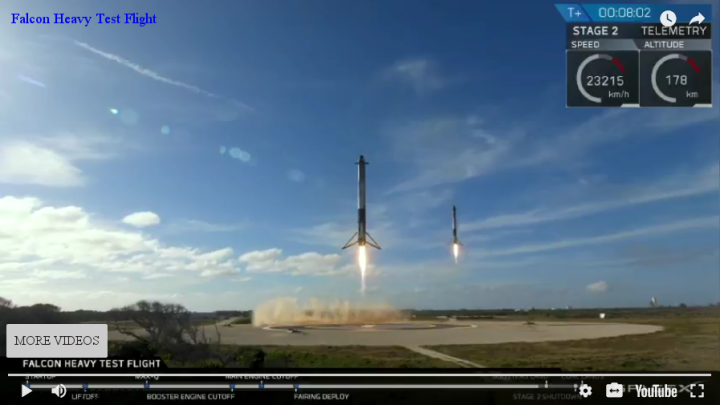Giant net to catch Falcon 9 fairing
This link provides a series of pictures, taken from a distance, of the giant net, and the structures that hold it up, that will be used by the SpaceX barge ship to try to catch the rocket’s fairing during its next launch later this week. (See comments.)
Hat tip reader Kirk Hilliard. The pictures don’t show the barge itself, but they do give a sense of the size of the net. This suggests that SpaceX has equipped the fairing with small jets capable of guiding it to the barge, where it will be caught as it falls at high speed. It could also be that they have found that the fairing itself can act as a parachute and slow itself down as it descends, meaning that impact will not be that intense.
Regardless, I wonder if they will have any cameras on board either the fairing or the barge, and whether they will broadcast them live as it comes down. I wouldn’t be surprised if they didn’t, as it would possibly reveal proprietary information, but the images would certainly be impressive to see.
If they succeed, they will have a rocket that is almost entirely reusable, with only a single 2nd stage engine (out of 10 total) and the second stage itself not reused.
Posted from the Israeli city of Tiberius on the shore of the Sea of Galilee.
This link provides a series of pictures, taken from a distance, of the giant net, and the structures that hold it up, that will be used by the SpaceX barge ship to try to catch the rocket’s fairing during its next launch later this week. (See comments.)
Hat tip reader Kirk Hilliard. The pictures don’t show the barge itself, but they do give a sense of the size of the net. This suggests that SpaceX has equipped the fairing with small jets capable of guiding it to the barge, where it will be caught as it falls at high speed. It could also be that they have found that the fairing itself can act as a parachute and slow itself down as it descends, meaning that impact will not be that intense.
Regardless, I wonder if they will have any cameras on board either the fairing or the barge, and whether they will broadcast them live as it comes down. I wouldn’t be surprised if they didn’t, as it would possibly reveal proprietary information, but the images would certainly be impressive to see.
If they succeed, they will have a rocket that is almost entirely reusable, with only a single 2nd stage engine (out of 10 total) and the second stage itself not reused.
Posted from the Israeli city of Tiberius on the shore of the Sea of Galilee.





